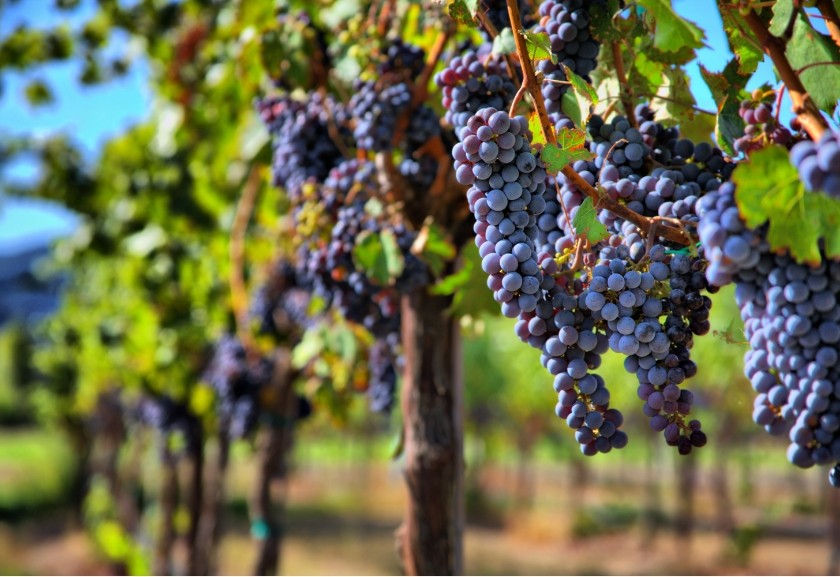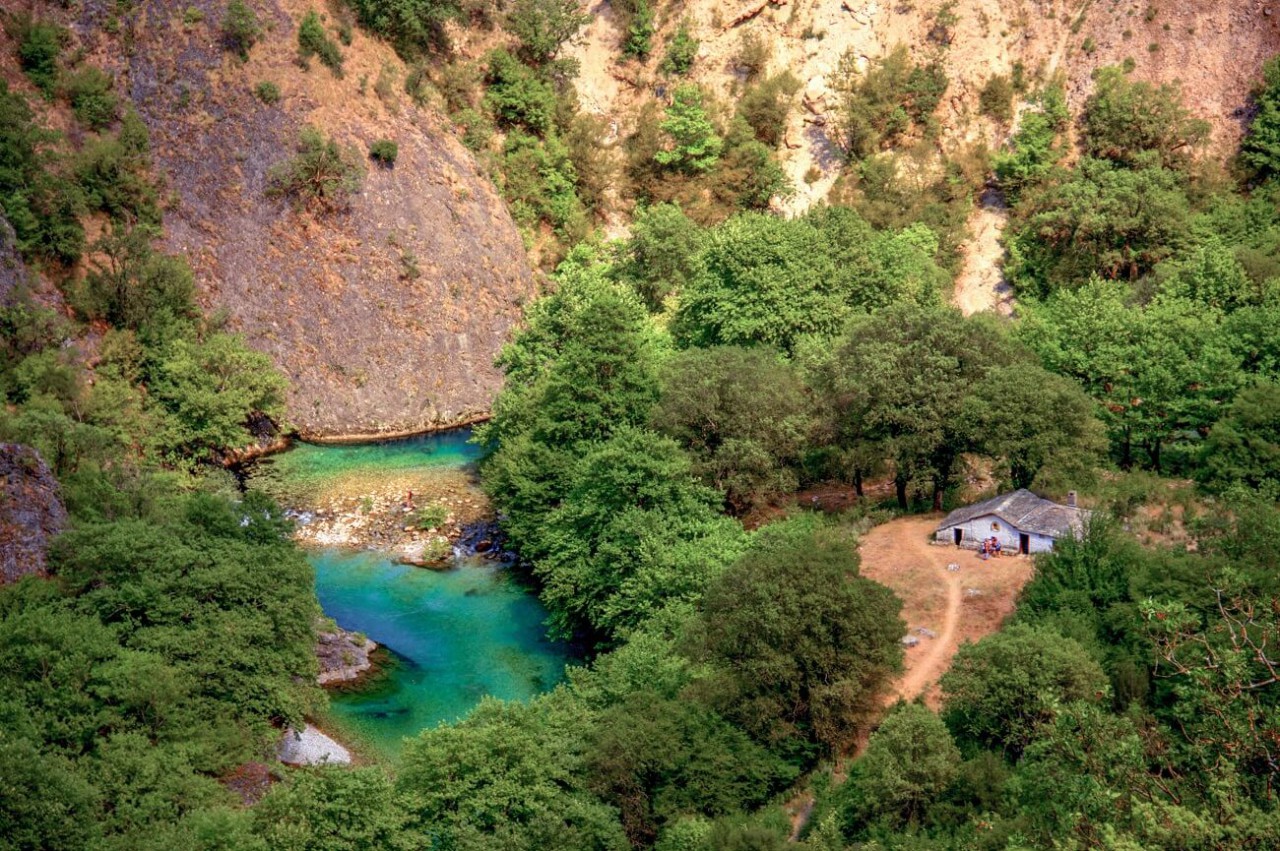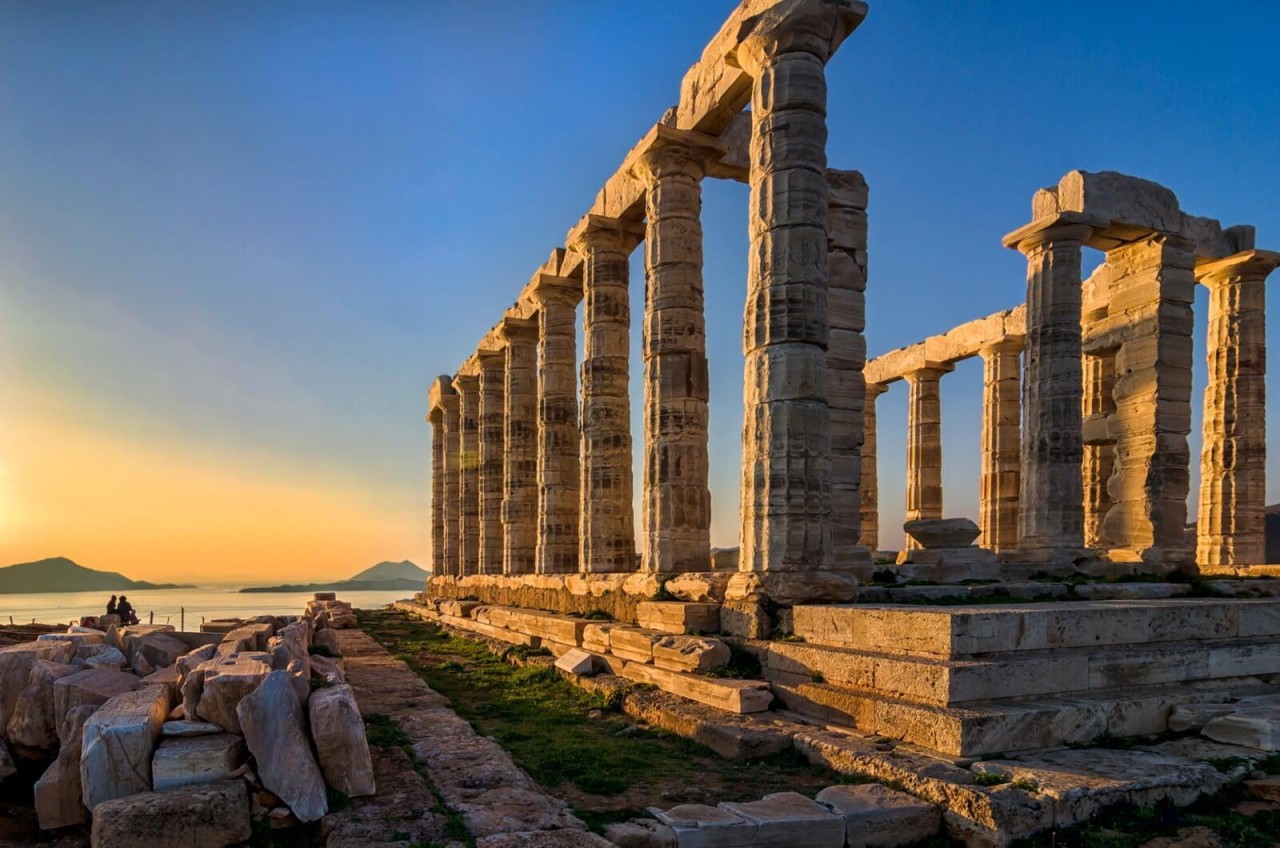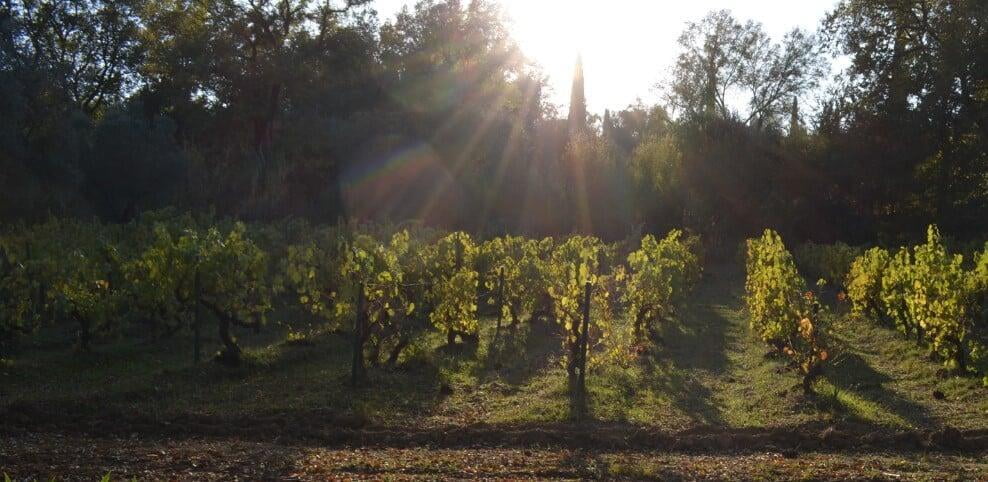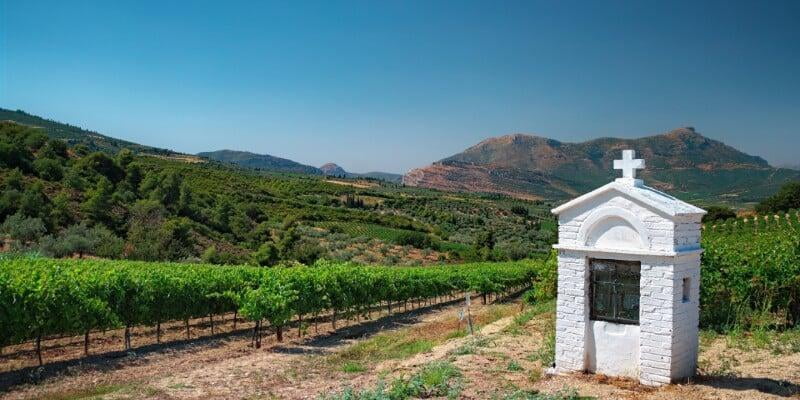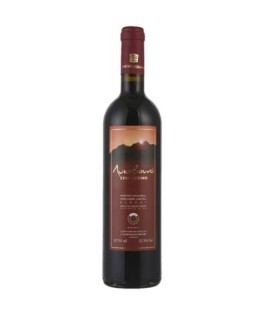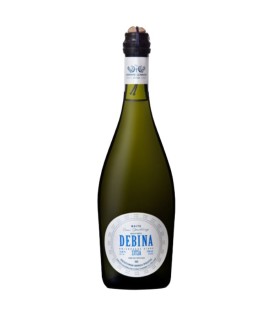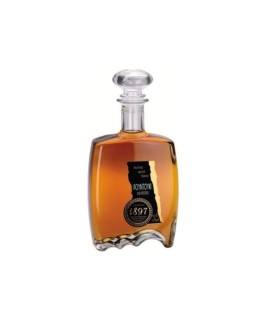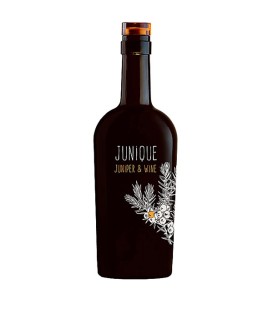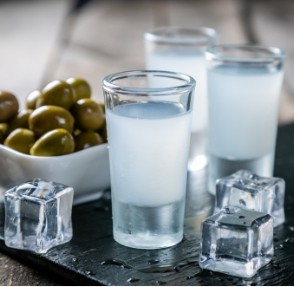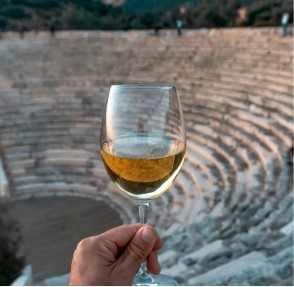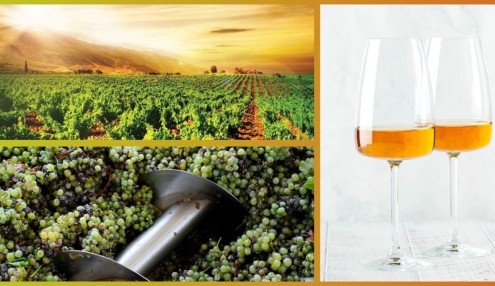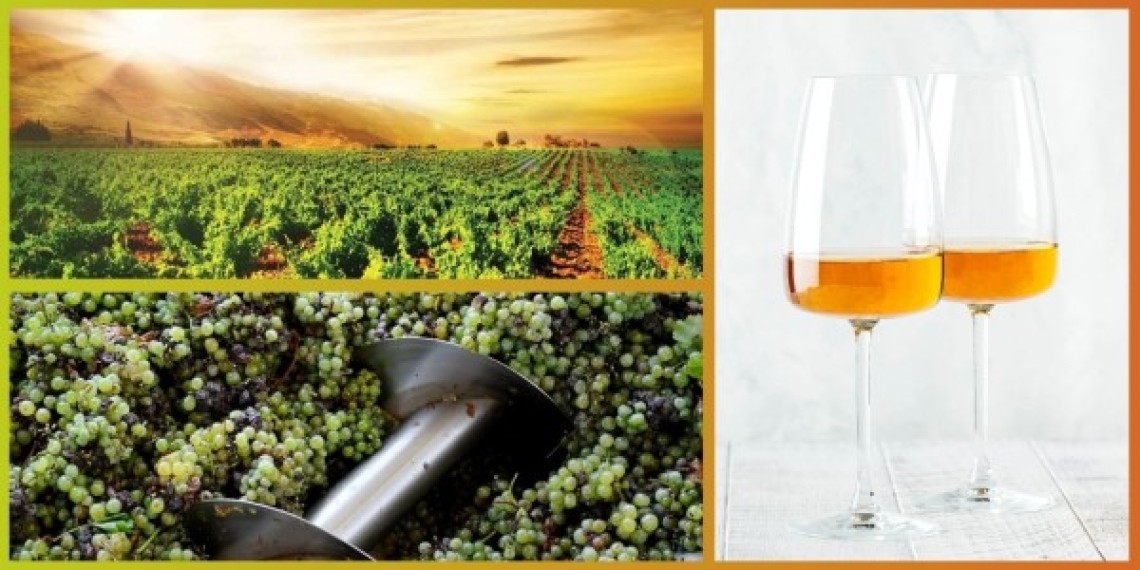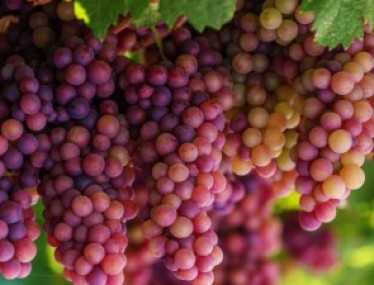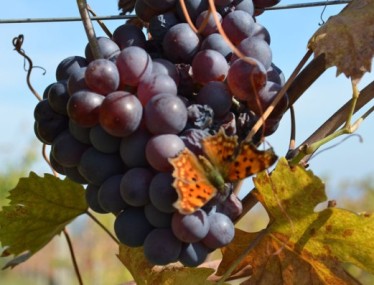Join us on Instagram and Facebook. We often share product information, announce tastings and special offers for our followers!

From Zitsa in the west to Avdera in the east and Goumenissa in the North to Naoussa further South, the Northern part of Greece is a large and versatile wine region marked by mountains, valleys and plains, some of which nicely enclaved and secluded and with the most diverse soil composition and microclimates. It is the home of some of the most acknowledged grapes of Greece, such as the red Xinomavro and Negoska and the white Malagousia and Debina. Other emerging grapes follow suits, such as the red Mavroudi of Thrace, Vlachiko, Bekari and Koniaros and the white Asprouda Serron. The low elevation vineyards of Eastern Macedonia continue to the hilly ones of Serres and Pentapolis to the West, before reaching high altitudes in the most remote mountainous zones of Kilkis further in the North and Epirus in the West of the country. Naoussa remains the “queen’ of the North, in a central position and around 350m of altitude at the foot of Mount Vermion, one of the most important appellation zones of the country and certainly the most important for Xinomavro, this Northern PDO region includes the largest number of wineries.
Stretching 300 km South of Olympus Mountain, this prolific wine region produces 30% of Greece’s wines. From a variety of terroirs in Thessaly down to Atalanti, where the Southernmost plantation of Xinomavro is found, to the hilly Phthiotis with the large valley of Spercheios and lowlands of Viotia, including the large island of Evia to the East and Attica, the large vineyard surrounding the capital of Athens, different geographic characteristics and microclimates guide the grapes into straight forward, as well as striking expressions. New generation winemakers take a new approach on traditional styles, including retsina, a pine resin flavoured wine made for more than 3000 years. Their work on the national grapes Roditis and Savatiano reveal new heights in winemaking and they are also responsible for saving rare grape varieties, such as Vradiano and Mavrokoundoura, from extinction.
Wine is deeply rooted in the culture of the Aegean Islands, as they represent the route via which vine cultivation and wine entered mainland Greece and effectively Europe as a whole. Homer mentions “Pramneios Oinos”, an “Ikarian red wine” in Odyssey.
The central Aegean Island Ikaria is famous with its red variety Fokiano and endemic white grape Begleri. Hometown of philosopher and mathematician Pythagoras and philosopher Epicurus, East Aegean Island Samos, is famous for wine production since ancient times. Samos’ Muscat Blanc or Muscat à Petits Grains was highly regarded in the ancient world and transported in faraway lands. Further north lies the majestic island of Lesvos, home of the Arts of Poetry and Music and made famous by notable laureates Sappho, Alcaeus and Arion during the ancient times but also by the local wine made by the grape variety Chidiriotiko. North Aegean Island Lemnos, just across from the ancient city of Troy, has been in the centre of legendary stories whereby wines have been exchanged to ensure peace among different powers in ancient times. Both based on Muscat of Alexandria grape, there are two PDO appellations in Lemnos, one for sweet wines and the other for dry wines. The red variety Lemnio originates also from this island. The breath-taking Santorini has some of the oldest and healthiest vines in the World. Thanks to its volcanic soil, the vines on the island are naturally resistant to certain infections and drought. The combination of hot Mediterranean climate, scarce rainfalls, strong winds and high humidity defines the nature of its indigenous white grape varieties Assyrtiko, as well as Atheri and Aidani and red grapes Mandelaria and Mavrotragano. In the centre of the island complex of Cyclades lies Paros, another island on the trade routes of the Aegean with a very long history in winemaking supported by archaeological evidence since the very early Cycladic Civilisation. Today wine production on the island is steady with prominent grape varieties, the imported Malagousia and the Aegean Mandelaria and Mavrotragano. On the crossroads of ancient sea routes, wine producers of Rhodes have been shipping wines to different parts of the World since the 7th century BC. An important centre for the preparation of the final legs of the crusades as well, the island has benefited from the Court manners and taste preferences of its high ranked governors and officers during the medieval times. Long, dry summer days and mild winters along with sea breezes, some altitude and mostly firm limey soil, define the wine production on the island. Atheri by far is the most cultivated wine grape of Rhodes.
This group of mostly large islands to the west of the mainland shows a different geological and climate profile with diverse vegetation and again numerous terroirs dotted by their very own indigenous grape varieties. Winters are mild and rainy and so are the summers with maritime influences. Cephalonia holds the most prominent place in the group currently and thanks to its inactive volcano Aenos, benefits from soils loaded with minerals and sloppy vineyard stretches. It has three PDO appellations for the local varieties Robola of Cephalonia, Muscat of Cephalonia and Mavrodaphne of Cephalonia. Next to it, as much geographically as historically, lies Zakynthos which offers a unique wine experience with its indigenous white varieties Goustolidi, Tsaoussi and Pavlo and red variety Avgoustiatis. This is where the recently revived Ionian grape Zakynthino also originates from. Not to be missed is red Vertzami from Lefkada, which yields distinctive deep coloured aromatic red wines and Vardea, an aromatic and tannic indigenous white variety of this island. Lastly, Corfu falls no short in local grapes and wine styles with white Kakotrygis and red Black Robola leading the way.
From Corinth canal in the north to Monemvasia, Methoni and Koroni castles in the South and from Epidaurus in the east all the way to Olympia in the west, Peloponnese offer all one can ask for. A deep dive in history at one of its few World Heritage sites, a beautiful coastline, a variety of landscapes, including high mountains, plateaus, rivers, valleys and caves and a lovely climate with the ever-shining sun, sea breezes and serene temperatures. The most important wine region here is Nemea, which represents the largest PDO appellation in the country. Its flagship red grape Agiorgitiko is not only the most well-known but also the most cultivated red variety nationwide. The larger Corinthia region, Achaia and Laconia produce also notable wine examples. The historic red variety Mavrodaphne dominates across the north and west of the peninsula and the white varieties Roditis, Moschofilero, Muscat Blanc and Kidonitsa, cultivated throughout, add versatility and character in the wine production of this blessed land.
The majestic island of Crete is the largest Greek island and 5th largest of the Mediterranean Sea. It lays into the open Archipelago, south of the Peloponnese and provides not only Greece’s southernmost land, inhabited since prehistoric times but the very ‘womb’ of the Greek language and civilisation. Its closely woven relation with wine could not be less significant for the same reason. Three breathtaking mountain ranges transverse this awesome piece of land from west to east with peaks reaching well over 2000m and create an austere but pure landscape on rocky soils where vines, often self rooted, are trained to withstand adversity and produce their most concentrated fruit. It holds no less than 7 PDO regions and is home to 11 native grape varieties. Away from its historical laurels, Crete provides presently a fascinating wine scene thanks to its dynamic and forward thinking producers, as well as the passion Cretans are renowned for. Vidiano, Vilana, Thrapdathiri, Plyto, Daphne, Muscat of Spina, Malvasia di Candia, Kotsifali, Romeiko, Liatiko, Mandilaria - what an array of grape gems and unique flavours to discover through an island’s journey!
